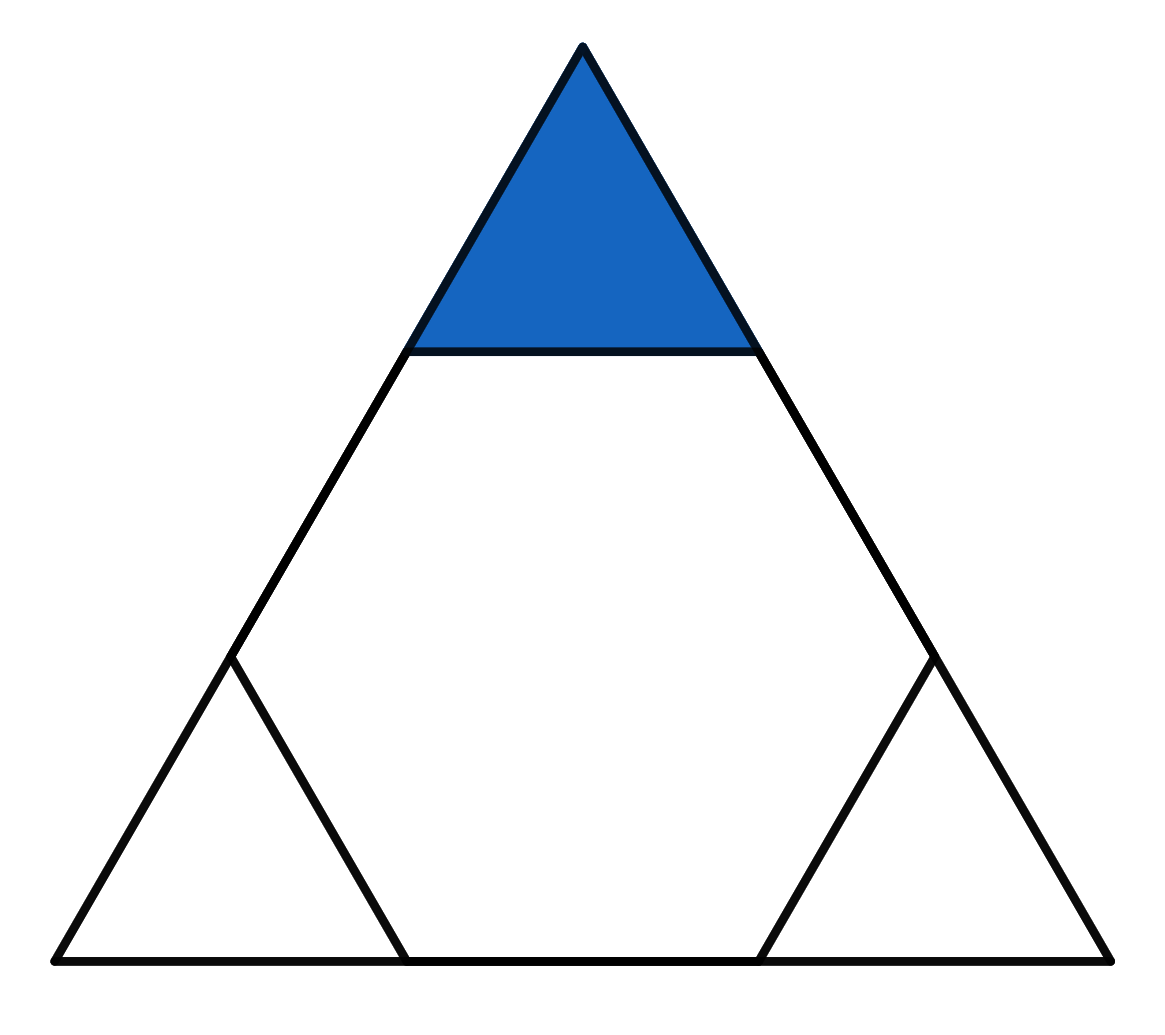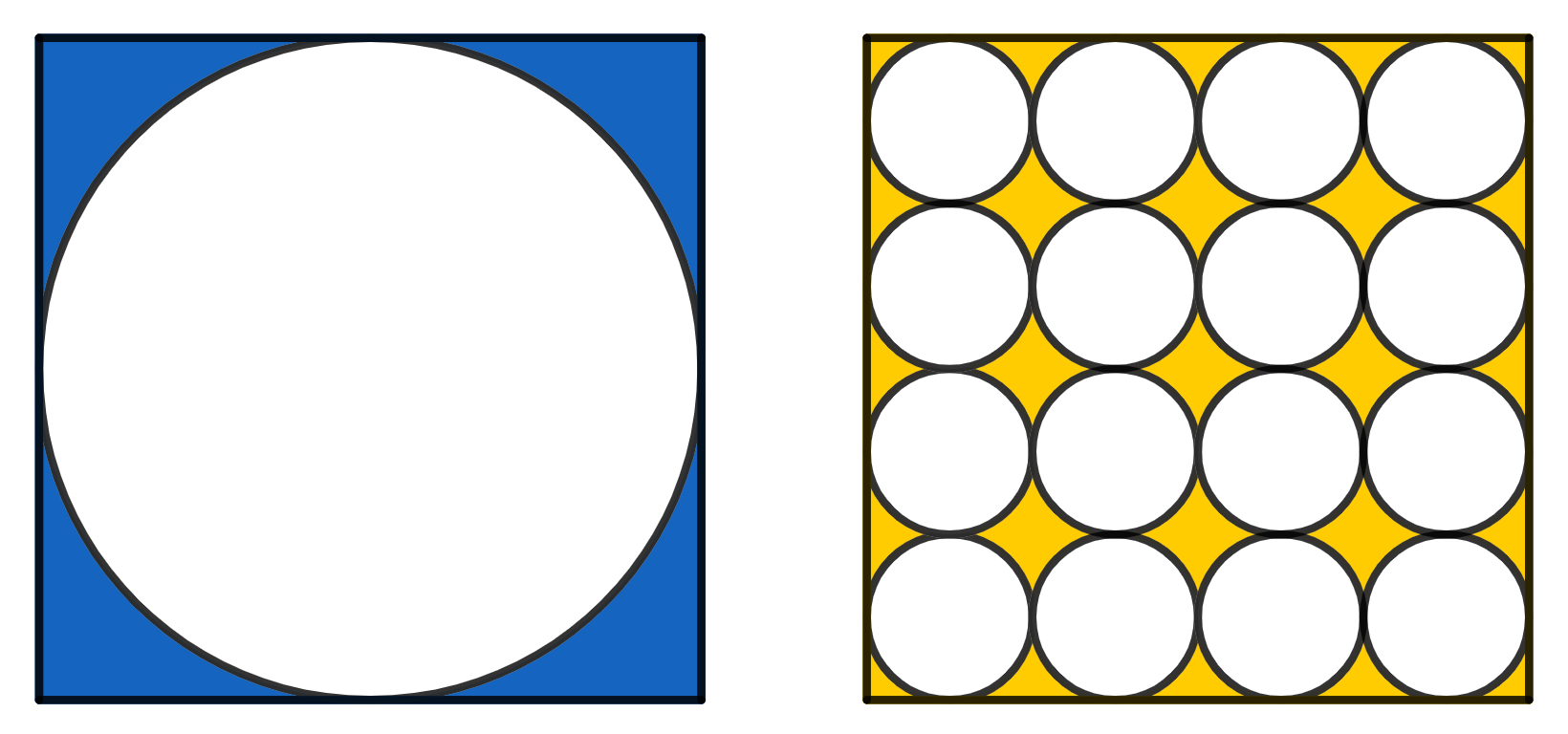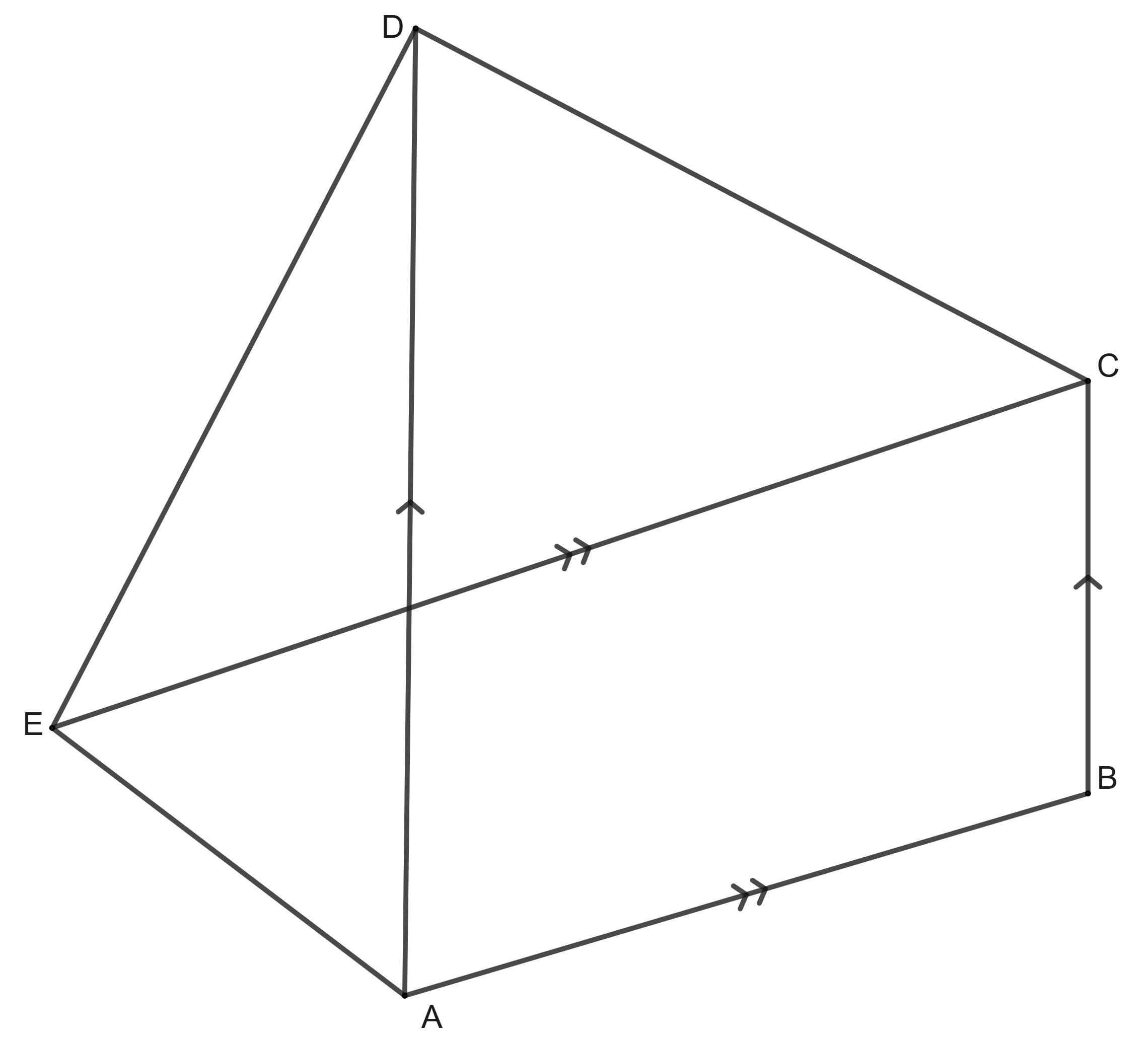Problems
There were 50 white and black crows sitting on a birch, and the number of black crows was not less than the number of whites. On the oak, there too were white and black crows, and there were 50 of them in total. On the oak, the number of black crows was also not less than the number of white ones. It could be that there was the same number of black and white crows, or maybe even there was one black crow less than white crows. One random crow flew from the birch to the oak, and after a while another random crow (maybe the same one) flew from the oak to the birch. Which is more probable: that the number of white crows on the birch is the same as it was at first, or that it has changed?
In a tournament, 100 wrestlers are taking part, all of whom have different strengths. In any fight between two wrestlers, the one who is stronger always wins. In the first round the wrestlers broke into random pairs and fought each other. For the second round, the wrestlers once again broke into random pairs of rivals (it could be that some pairs will repeat). The prize is given to those who win both matches. Find:
a) the smallest possible number of tournament winners;
b) the mathematical expectation of the number of tournament winners.
In each cell of a board of size \(5\times5\) a cross or a nought is placed, and no three crosses are positioned in a row, either horizontally, vertically or diagonally. What is the largest number of crosses on the board?
An after school club is attended by 4 boys from class 7A, and four from class 7B. Of those who attended three were named Ben, three were named Will, and two were named Tom.
Is it possible for it to be the case that each boy had at least one namesake classmate who attended the club?
Out of the given numbers 1, 2, 3, ..., 1000, find the largest number \(m\) that has this property: no matter which \(m\) of these numbers you delete, among the remaining \(1000 - m\) numbers there are two, of which one is divisible by the other.
The triangle visible in the picture is equilateral. The hexagon inside is a regular hexagon. If the area of the whole big triangle is \(18\), find the area of the small blue triangle.

On the left there is a circle inscribed in a square of side 1. On the right there are 16 smaller, identical circles, which all together fit inside a square of side 1. Which area is greater, the yellow or the blue one?

In a pentagon \(ABCDE\), diagonal \(AD\) is parallel to the side \(BC\) and the diagonal \(CE\) is parallel to the side \(AB\). Show that the areas of the triangles \(\triangle ABE\) and \(\triangle BCD\) are the same.

Prove that, for any integer \(n\), among the numbers \(n, n + 1, n + 2, \dots , n + 9\) there is at least one number that is mutually prime with the other nine numbers.
How can you arrange the numbers \(5/177\), \(51/19\) and \(95/9\) and the arithmetical operators “\(+\)”, “\(-\)”, “\(\times\)” and “\(\div\)” such that the result is equal to 2006? Note: you can use the given numbers and operators more than once.